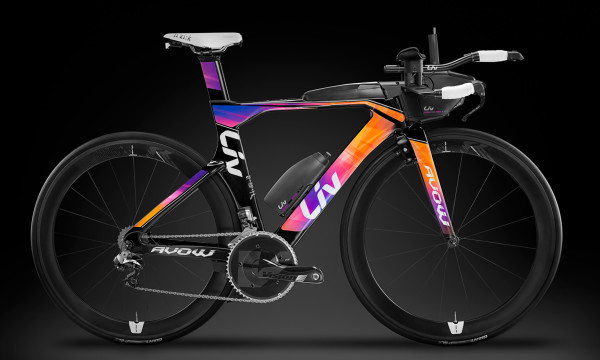Giant USA announced that starting in March they will sell direct to consumers via a beta program with some of their Giant Retail Partner Stores, then make it available to everybody in August. The aim is to keep margins, costs, and returns as streamlined as possible for dealers and consumers alike, but is the program all it’s cracked up to be?
Check out how they’re going about this transition and what one dealer’s thoughts are…
After Trek made the announcement to sell direct to consumer, last year, it is no surprise to see Giant USA is doing the same. Consumers’ demand for convenience seems to be over-ruling “personalized customer service” which has caused a struggle between what retailers and consumers expect from each other. To evolve and establish long-term growth, more companies are increasing their online presence to make the buying experience more aligned with consumers’ wants.
Like Trek’s program, Giant’s bikes will ship to the consumer’s shop of choice and all accessories will drop-ship straight from Giant’s warehouses to the consumer’s shipping address. According to Giant USA’s letter to dealers, the goal is to increase the dealer’s online presence and reach to consumers by helping them compete directly with the already established (and growing), “Direct to Consumer” companies and online retailers.
Bike Sales:
The ultimate goal is for the dealer to sell what they currently have in stock. When a consumer goes to purchase a bike online, if the bike is in stock, they can purchase it and simply go pick it up. If the bike is not in stock, it works just like a special order, where the customer does the ordering and the bike gets shipped to the dealer. If the dealer has stocked that particular bike in the last 12 months, they receive 100% of the standard margin. If it is not a bike they’ve stocked, they get 80% of the margin, however, if the bike is sold through the retailer’s Giant-supported website they get 100% of the margin, regardless of stocking status.
Just like when a dealer places a special order for a bike, the dealer pays shipping unless they add the minimum amount that gives them free shipping. When a customer orders a bike online that the dealer doesn’t have in stock, the dealer has one day to add to the order should they wish to take advantage of free shipping.
Accessories:
Giant will sell and handle any returns on select Giant and Liv accessories ordered online. All accessory orders will ship directly to the consumer and the closest dealer to the consumer will receive 100% margin on any items they currently stock and 80% on non-stocking items. However should a customer order off of the shop’s Giant supported website, they will receive full margin regardless of whether or not they stock that item(s). All shipping on online orders will be paid by the customer.
One shop’s opinion:
I spoke with one long time Giant dealer and though there are some positives to this, their concerns on the surface outweigh the positives. Not being able to predict how bike returns will impact them as well as losing accessory sales by loyal customers to other retailers that may be closer to them (unless they use that shop’s “Giant supported” website) puts an initial cloud over things. They acknowledge that the overall IBD model does need to be restructured to accommodate the online sales element, and though they have every intention to do so, but the larger concern is that by Giant doing it for them and the shop not having a hand in how it’s done creates a bit of uncertainty.
“So, what it boils down to at this point is for us to make any and all foreseeable adjustments and see how it goes whilst keeping one’s head above water. You have to lead or get the f*** out of the way”.

